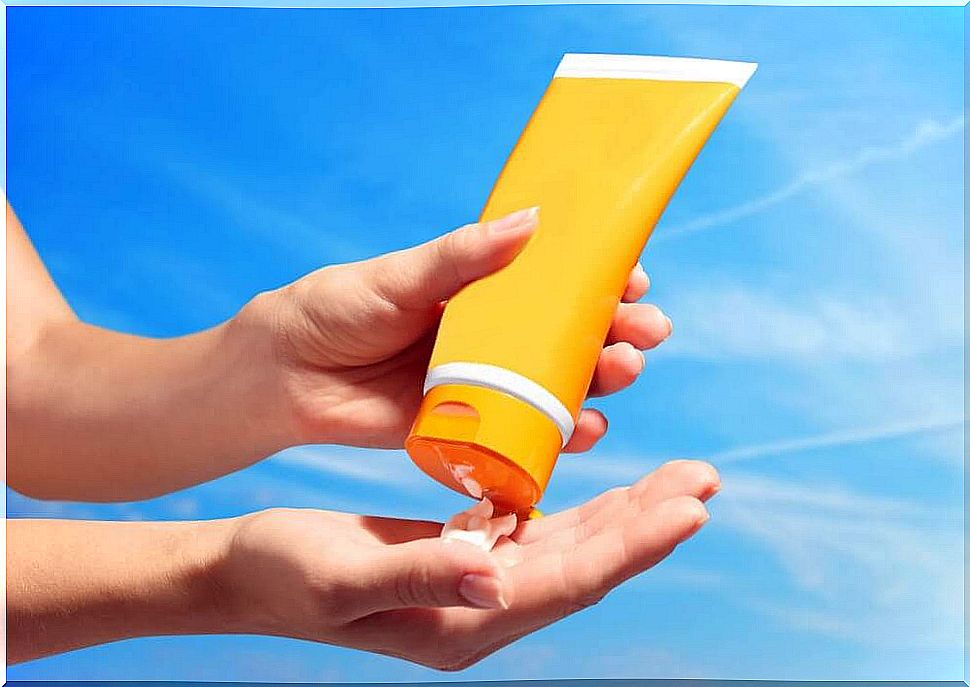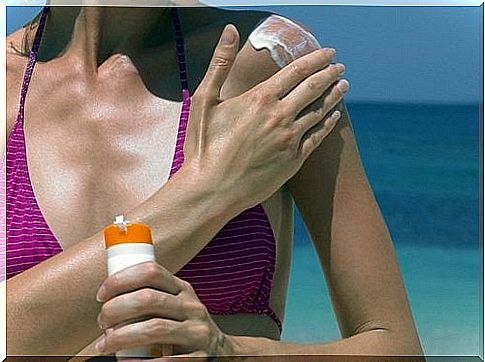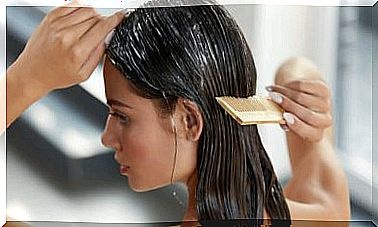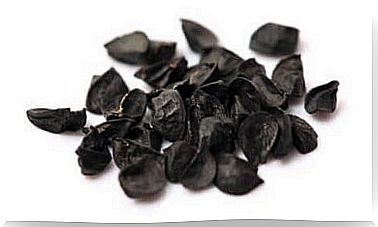Sunscreen According To Skin Type

There are different types of skin, but there is also a huge variety of sunscreens. For this reason it is important that you know what your skin type is, and what sunscreen you should use to give it the care it deserves.
The skin acts as a natural barrier and protects us from infections and different external factors that can affect us, such as the sun, cold, pollution, etc…It also acts as a thermal regulator, keeping the body temperature at 37 °C. But what determines its color?
Melanin is the substance that determines the color and type of skin. This is derived from the amino acid tyrosine, and is produced by melanocytes in the basal layer of the epidermis. It helps to pigment our skin, and is responsible for protecting it from sunlight.
Melanin is present in other parts of our body such as hair and eyes. In fact, it is the level at which melanocytes are found that determines the color of each person’s skin. This is because different amounts in our body can generate certain tones or others.
Here we will explain how you should use sunscreen according to your skin type. Protect yourself and enjoy the summer, your skin will thank you. The health of your skin is in the protection, take care and block the sound rays in your body.
Skin types and recommended sunscreen

The sun protection factor (SPF) of the protectors will be responsible for taking care of your skin. Each skin type requires specific care. For example, fair skin need a protection factor higher solar, the people with darker skin.
- Type 1: very fair skin with lots of freckles. It doesn’t normally tan and always burns, so it requires an SPF of 50 or more.
- Type 2: fair skin with freckles. This one also tends to burn easily but takes longer to darken. An SPF 30 is recommended.
- Type 3: white skin. Burns in moderation. At least an SPF 30 is recommended, but for longer periods of exposure it is advisable to use a higher one.
- Type 4: mixed or slightly dark skin. It pigments easily and in a short time, until it acquires an intermediate brown skin tone. The recommended FPS is 10.
- Type 5: dark skin. It rarely burns because it gets a quick, intense tan. An FPS 8 is recommended.
- Type 6: black skin. It practically doesn’t burn. Recommended FPS: 6.
Solar protection factor
The sun protection factor tells us the number of times the sunscreen increase its natural defense capability against redness or burns. Sunscreens are made up of these factors, which are in charge of protecting the skin.
Sunscreens filter ultraviolet A and B radiation, to prevent any type of injury, and their graduation indicates protection indices. In turn, sunscreens are divided into five categories, depending on the sun protection factor:
- Low: from 2 to 6.
- Medium: from 8 to 12.
- High: from 15 to 25.
- Very high: from 30 to 50.
- Ultra: 50+

Type of products
When choosing a sunscreen, you should also consider whether your skin is normal, oily, mixed or dry. Likewise, we must choose a suitable protection factor for the most sensitive areas, such as the face, neck and lips.
These products can be found in various presentations (creams, lotions, gels, sprays, etc.). Nowadays, there are even several brands that even offer makeup specially designed to protect the skin from solar radiation.
Children, of course, require more care. Perhaps you’ve heard the phrase “the skin has a memory”, and that’s the case, so it’s recommended not to expose the little ones directly to UV rays. Likewise, it is advisable to always cover the body and head with caps, glasses, and clothing.
In the case of older people, when they are at a more active age, the use of a water resistant sunscreen or blocker is recommended. This will allow them to enjoy any activity on the beach, in the pool, in the park or on the mountain, keeping them protected.
Conclusions
It is important to apply sunscreen to dry skin 30 minutes before being exposed to the sun, to achieve better absorption, and apply it again after two hours after swimming, towel drying, or excessive sweating. It is advisable to follow this procedure even on cloudy days, as clouds do not filter out the rays.
The sun offers multiple benefits for our body and skin. However, exposure for long periods without protection can cause serious damage that tends to be irreversible, such as blemishes, wrinkles, blemishes, and even cancer.








